Main components of aloe
The main active ingredient of aloe is Aloin or Barbaloin, and contains a small amount of anthraquinone compounds such as Isobarbaloin, β-Barbaloin, and emodin. Fresh A Extract contains minerals, including 18 kinds of mineral elements such as silicon, aluminum, iron and zinc, aspartic acid, L-tryptophan and other amino acids, malic acid, citric acid and other organic acids, sodium and potassium Calcium, magnesium, and other inorganic elements, vitamins, sugars, hydrazine derivatives, alkaloids, tannins and trace volatile oil.
Anti-gastric ulcer effect
The components in the extract having a molecular weight in the range of 5,000 to 50,000 contain active ingredients that inhibit rat ulceration caused by pylorus ligation and rat ulcers caused by acetic acid. Further studies found that the molecular weight greater than 5000 components had antiulcer effect on pylorus ligated and acetic acid-induced gastric ulcer in rats. polysaccharides significantly inhibited stress-induced ulcers, indomethacin, and alcohol-induced ulcers. When aloin A was administered intravenously at a dose of 10 mg/kg, it could inhibit gastric secretion and pepsin activity in rats with pylorus ligation and showed a dose-dependent relationship. It had a significant inhibitory effect on the gastric lesions induced by Shay ulcer and indomethacin, but also significantly Inhibition of pylorus ligation in rats with water stress stress gastric injury.
Liver protection
Aloe vera injection, total aloe glycosides and total glucoside fractions have protective effects on animals with experimental chemical liver injury. All of them can protect mice against hepatic injury and galactosamine induced by CCl4 and thioacetamide in rats. The increase of SGPT caused by liver injury also has different degrees of protective effect on CCl4-induced hepatocyte damage.
Anticancer effect
Anti-cancer effects Aloe extract has inhibitory effects on mouse S180 and Ehrlich ascites carcinoma, among which the high-molecular glycoprotein alovain A has obvious anti-cancer effects in animal experiments. The mechanism is to improve the body’s immune function, increase NK cells, and protect T Lymphocyte. The aloe alcohol extracts and aloin A and Alomicin isolated from them all have anti-tumor effects, and alcohol extracts are effective against metastatic tumors such as Heps, ESC, S180 and B16 melanoma. Alum was injected intraperitoneally with 50 mg/kg once daily for 7 to 10 days. The inhibition rate was 42.9% for ESC and 52.3% for S180. The inhibition rate of Heps by gavage 50 mg/kg was 45.0%.
The role of the immune system
A mixture Aa-50 proposed from aloe has stimulatory effect on phagocytic cells and human neutrophils, and an immunomodulatory polysaccharide isolated from the leaves of Aloe vera has anti-complement effects.
Antibacterial effect
Aloe-emodin inhibits Staphylococcus aureus, Escherichia coli, and Shigella flexneri, and also has a strong inhibitory effect on common clinical anaerobic bacteria. Aloe-emodin can also affect the infection of influenza virus and pseudorabies virus. Force, and can inhibit herpes simplex virus type I and type II, electron microscopy observations showed that the herpes simplex virus ruptured.
Anti-inflammatory and analgesic effects
Aloe extract has significant anti-inflammatory activity, and its anti-inflammatory active ingredients are carboxypeptidase and bradykinase; it has obvious analgesic effect after intravenous injection of carboxypeptidase preparation to female ICR mice with inflammation
Promote wound healing
Aloe vera extract promotes epithelial cell growth, and is applied externally after mesh grafting. The wound healing is significantly faster than that of the control group. The polysaccharide aldate in the aloe extract has the effect of promoting granulation growth. Emodin and its derivatives have analgesic effects on burns
Hypoglycemic, hypolipidemic effect
Aloe reduces diabetes by directly lowering blood sugar and activating beta cells. Aloe extract has a certain degree of inhibition of hypercholesterolemia and it acts against atherosclerosis. Antlers such as antlers and aloes have lipid-lowering activity on serum lipids induced by trinitrotoluene in hyperlipid monkeys.
Other effects
A substance in the genus it can enhance the immune system of AIDS patients and can block the spread of human immunodeficiency virus without toxic and side effects. The polysaccharide Aloeferon in aloe promotes the growth of fibroblasts. Mice given 10 to 25 mg/kg can relieve the toxicity of arch poison and atropine. In addition, aloe vera also has other functions, such as shortening clotting time, promoting secretion of gastric juice, certain excitatory effects on the adrenal cortex, and reducing the content of vitamin C in the adrenal gland of rats.

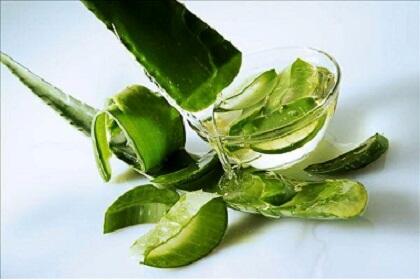
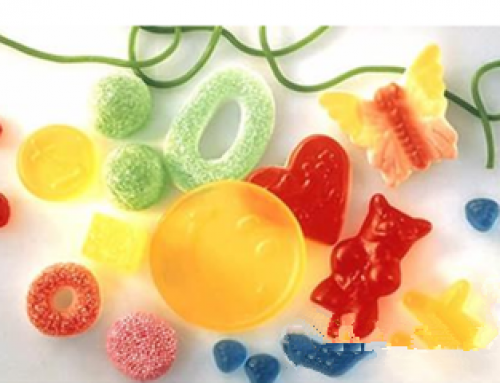
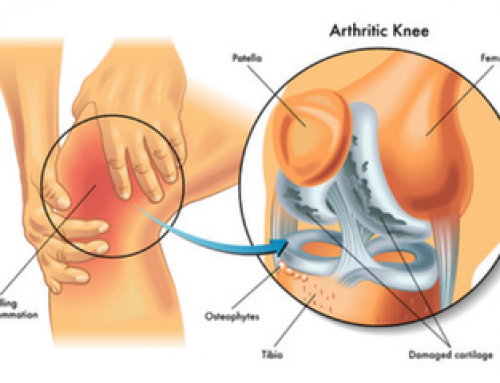
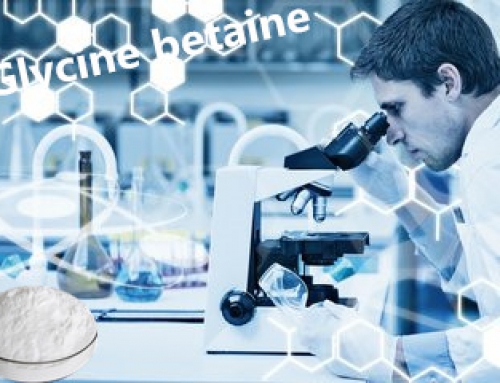
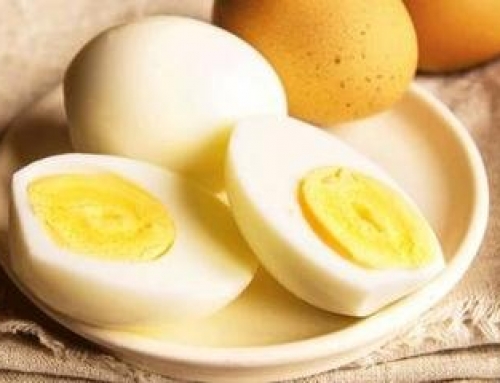

Leave A Comment